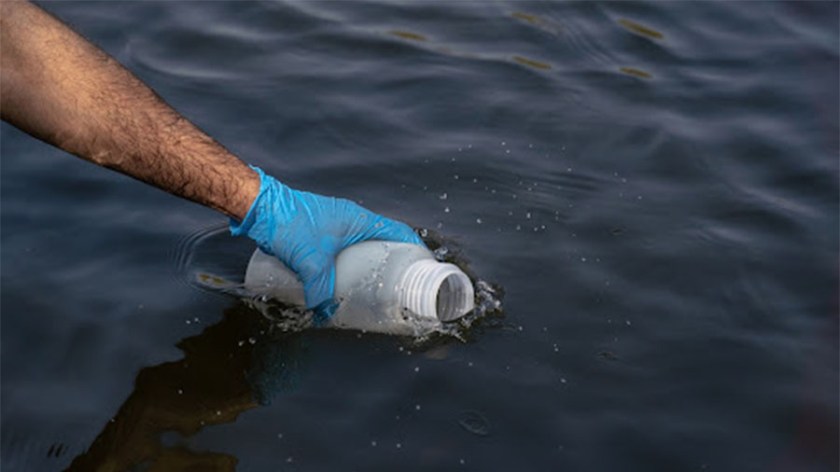Guest blog post by Alexander Edwards, lead author of the paper ‘Case study of non-lethal sampling for plant-pollinator networks via barcoding and metabarcoding on bumble bees in Germany‘ published in Metabarcoding and Metagenomics.
“Who are you and what have you done?”
That’s not just a question for crime shows. It’s also exactly what we want to ask every pollinating insect we catch. Who are you – which species? And what have you done – which flowers have you visited, carrying pollen from one to the next? And these questions are important!
Do you like chocolate? Or maybe coffee? How about apples, strawberries, or cherries? All of them need insect pollinators. Unfortunately, many insects are in decline, threatening the stability of ecosystems. Studying them is more important than ever. Traditionally, researchers relied on field observations of foraging behaviour. But these are time-consuming and can never capture the full picture. That’s why many groups now use genetic approaches, studying the pollen carried by insects. This method is called pollen-metabarcoding, where a short genetic sequence from a specific region (in our case, ITS2) can identify the plant species that pollen belongs to.
There’s just one catch: collecting pollen often means killing the insect. Lethal sampling does have its merits – the preserved specimen can be used to answer other questions in the future, for example. But in our case, it felt counterintuitive. We want to study species that might already be endangered, and killing them could worsen their situation. So we had to find another way.

the genetic material we need for our analyses. Credit: Willi Müller.
Enter: the queen-marker cage. This tool – borrowed from beekeepers – is a plastic tube with a mesh at one end and a plunger at the other. We used it to capture a bumble bee, immobilize it, and remove its pollen. The mesh is also large enough to clip one of the bee’s feet – in insects, this part is called the tarsus. That may sound harsh, but it doesn’t significantly affect the animal. During our collection, we observed those five-footed bumble bees visiting flowers and gathering pollen in the days after release, with no difference to their six-footed counterparts.

to fit through the holes and allow for precise clipping of the bumble bee’s tarsus, here
Bombus lucorum agg.
But why take a bee’s foot in the first place? Many animal groups include cryptic species – species that look almost identical, even to experts. Bumble bees are no exception. The only reliable way to tell these look-alike species apart is through DNA barcoding, often using the COI gene. A single clipped foot provides just enough tissue to barcode the bee itself, in addition to analyzing the pollen it carried.
Of course, the work doesn’t end in the field. Once we had the samples, the real detective work started in the lab. And as everyone with hay fever knows: pollen gets everywhere. To avoid contamination, we processed everything in a special clean lab, wearing full-body protective suits. It may seem over the top, but when you’re working with invisible grains of pollen, even the smallest contamination can skew the results.

corresponding attire.
And in the end, it worked! Our results matched expectations: we detected a cryptic species (fittingly named Bombus cryptarum), we saw that the longest flowers were visited only by bumble bees with the longest tongues, and the pollen we identified came from plants flowering at our study sites during collection.
Now we have a simple and non-lethal way to gather the genetic material needed to identify pollinators and the flowers they visit, answering ‘Who are you, and what have you done?’ – without adding pressure to vulnerable insect populations.

lucorum agg. and Apis mellifera on Phacelia tanacetifolia. Credit: Anna Wurster.
Orignal source
Edwards A, Gemeinholzer B (2025) Case study of non-lethal sampling for plant-pollinator networks via barcoding and metabarcoding on bumble bees in Germany. Metabarcoding and Metagenomics 9: e141904. https://doi.org/10.3897/mbmg.9.141904
Follow Metabarcoding and Metagenomics on Bluesky and Facebook.




































